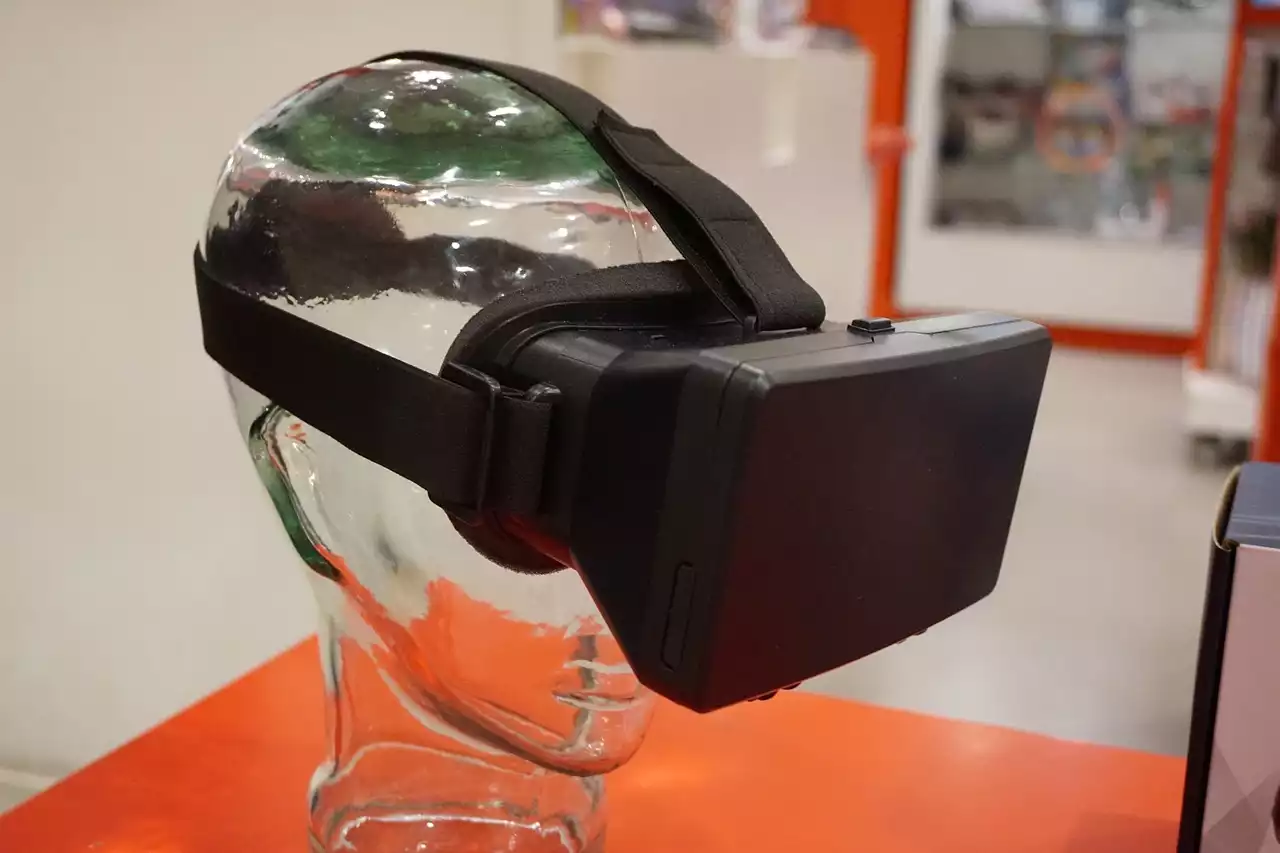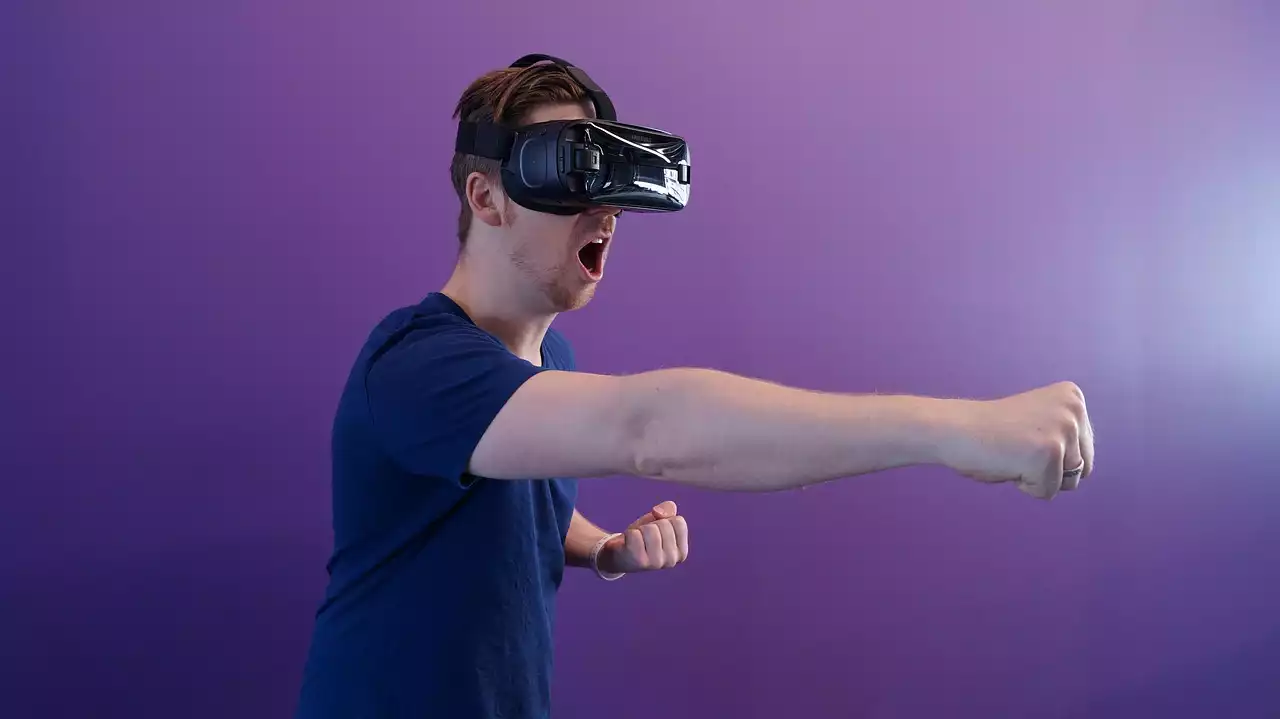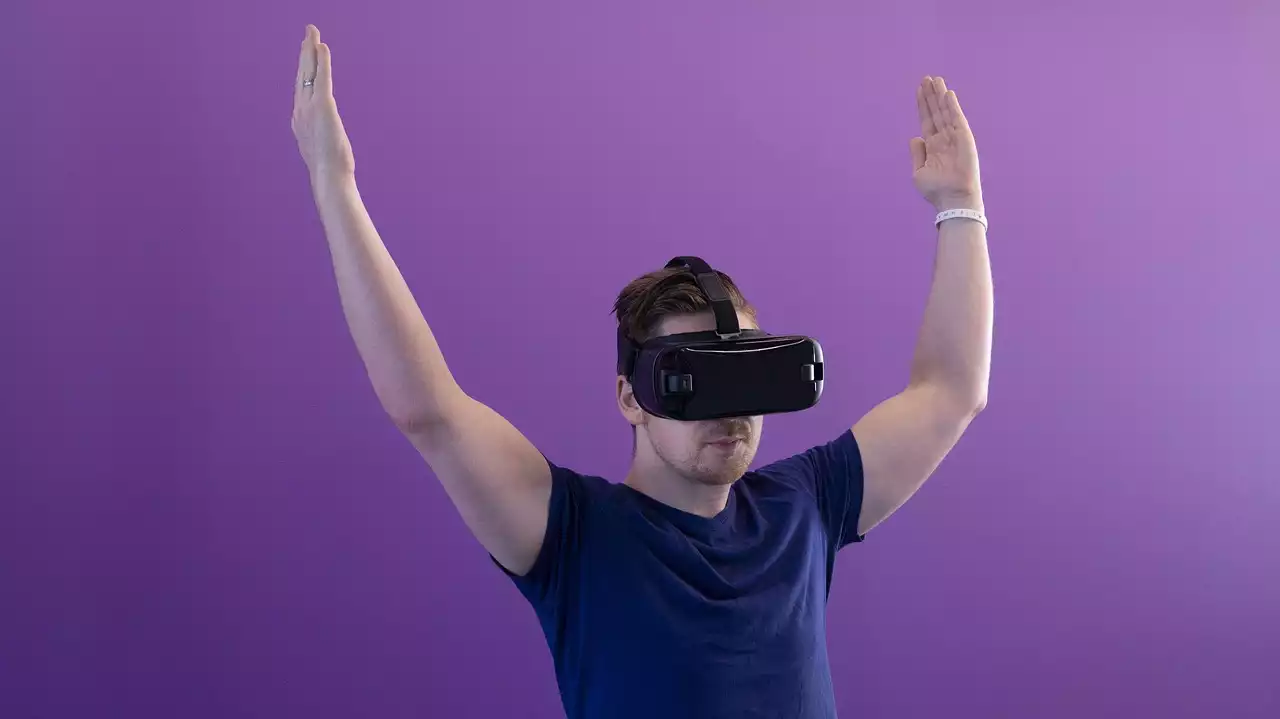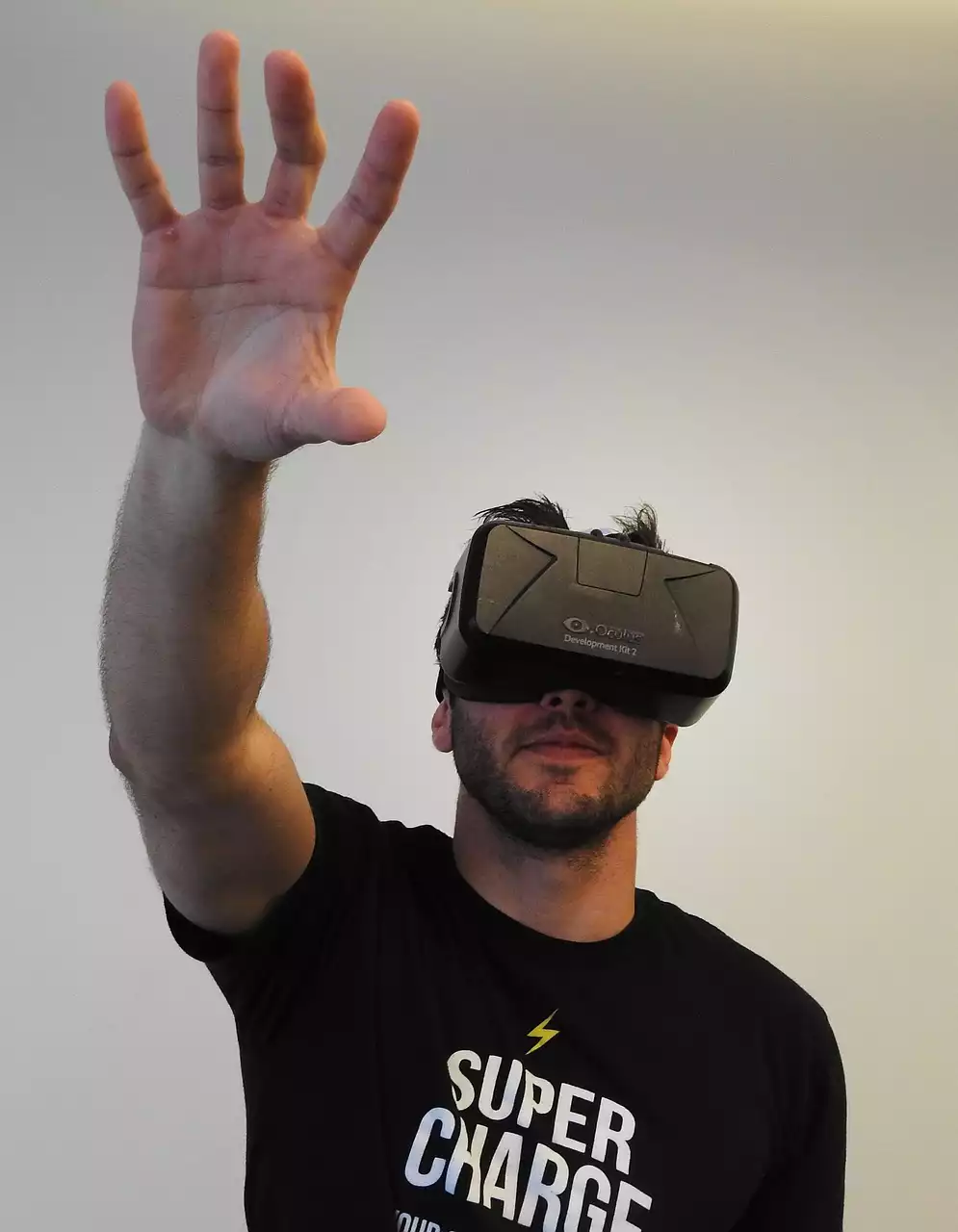What is Virtual Basketball?
Virtual basketball takes the excitement of the sport and combines it with the immersive power of technology. It allows players to experience the game in a virtual environment, where they can interact with the virtual court, players, and objects. Virtual basketball can be played using various devices, such as VR headsets or AR-enabled smartphones. These devices create a virtual world that players can explore and engage with. Whether you're a basketball enthusiast looking to improve your skills or simply someone who enjoys the thrill of the game, virtual basketball offers a unique and exhilarating experience.
Virtual basketball is not just limited to playing the game itself. It also includes virtual training sessions, where players can practice their shooting, dribbling, and defensive skills. These training sessions provide a safe and controlled environment for players to hone their abilities. Additionally, virtual basketball opens up new possibilities for fans who want to experience the game from a different perspective. Imagine sitting courtside at a virtual NBA game, cheering on your favorite team and feeling the energy of the crowd, all from the comfort of your own home. Virtual basketball truly brings the game to life like never before.
But how do VR and AR play a role in virtual basketball? Let's delve deeper into each technology and explore their unique features and benefits.
Virtual Reality (VR) in Virtual Basketball
Virtual Reality is a technology that creates a simulated environment, completely immersing the user in a virtual world. In virtual basketball, VR allows players to step onto a virtual court and experience the game from a first-person perspective. With the help of VR headsets, players can see and interact with the virtual environment as if it were real. They can dribble the ball, shoot hoops, and even perform jaw-dropping dunks, all while feeling like they are truly in the game.
One of the main advantages of VR in virtual basketball is the level of immersion it provides. VR headsets block out the real world, allowing players to focus solely on the virtual environment. This heightened sense of presence enhances the overall experience, making players feel like they are actually on the court. Additionally, VR enables players to practice their skills in a realistic and controlled setting. They can repeat moves, analyze their performance, and make adjustments, all without the pressure of a real game.
However, VR also has its limitations. The technology can be expensive, requiring high-quality headsets and powerful computers to run smoothly. This may limit its accessibility to some players. Additionally, VR experiences can sometimes cause motion sickness, especially during fast-paced movements. Developers are continuously working to improve these issues, but they are still factors to consider when exploring VR in virtual basketball.
Augmented Reality (AR) in Virtual Basketball
While VR immerses players in a virtual world, Augmented Reality enhances the real world by overlaying virtual elements onto it. In virtual basketball, AR allows players to bring the game into their own living room or any other real-world space. With the help of AR-enabled smartphones or smart glasses, players can see virtual players, objects, and even the entire basketball court right in front of them.
The beauty of AR in virtual basketball lies in its interactive nature. Players can physically move around the virtual court, dribble the ball, and shoot hoops, all while seeing the real-world environment around them. This blend of virtual and real-world elements creates a unique and engaging experience. AR also allows players to play against virtual opponents, whether solo or in multiplayer mode. This adds a competitive aspect to the game, making it even more thrilling and immersive.
AR in virtual basketball also opens up new possibilities for social interaction. Players can connect with friends and compete against each other, regardless of their physical location. They can challenge each other to virtual shooting contests, share highlights of their gameplay, and even spectate each other's matches. AR brings people together, bridging the gap between the virtual and real world.
However, like any technology, AR has its limitations. The quality of the AR experience can vary depending on the device used and the lighting conditions of the real-world environment. Additionally, AR experiences may require a stable internet connection, which may not always be available. Despite these limitations, AR in virtual basketball offers a unique and accessible way to enjoy the game.
Comparing Virtual Reality (VR) and Augmented Reality (AR) in Virtual Basketball
Both VR and AR offer exciting and immersive experiences in virtual basketball, but they differ in their approach and features. VR provides a complete immersion by transporting players to a virtual world, while AR enhances the real world by overlaying virtual elements onto it. The choice between VR and AR ultimately depends on the player's preferences and the type of experience they seek.
In terms of immersion, VR excels by completely blocking out the real world and allowing players to focus solely on the virtual environment. This creates a sense of presence and realism that is hard to match. On the other hand, AR blends virtual and real-world elements, giving players a unique perspective and the freedom to interact with the game in their own space.
In terms of interactivity, both VR and AR offer engaging experiences. VR allows players to physically move and interact with the virtual environment, while AR enables players to interact with virtual elements in the real world. Whether you prefer the physicality of VR or the blend of virtual and real-world elements in AR, both technologies offer exciting and interactive gameplay.
In terms of accessibility, AR has an advantage over VR. AR experiences can be enjoyed using smartphones or smart glasses, which are more readily available and affordable compared to VR headsets. This accessibility makes AR a popular choice for casual players who want to experience virtual basketball without investing in expensive equipment.
Benefits of Virtual Reality (VR) in Virtual Basketball
Virtual Reality in virtual basketball offers numerous benefits that enhance the overall experience for players. Firstly, VR provides a high level of immersion, allowing players to feel like they are truly in the game. This sense of presence heightens the excitement and makes the gameplay more realistic. Additionally, VR enables players to practice their skills in a controlled and safe environment. They can repeat moves, analyze their performance, and make adjustments without the pressure of a real game. This allows for focused practice and skill development. Furthermore, VR in virtual basketball opens up new possibilities for fans who want to experience the game from a different perspective. Whether it's sitting courtside at a virtual NBA game or playing as their favorite basketball superstar, VR brings the game to life like never before.
Benefits of Augmented Reality (AR) in Virtual Basketball
Augmented Reality in virtual basketball offers its own set of benefits that enhance the overall experience for players. One of the main advantages of AR is its interactive nature. Players can physically move around the virtual court, dribble the ball, and shoot hoops, all while seeing the real-world environment around them. This blend of virtual and real-world elements creates a unique and engaging experience. Additionally, AR allows players to play against virtual opponents, adding a competitive aspect to the game. This makes virtual basketball even more thrilling and immersive. Furthermore, AR in virtual basketball offers new social interaction opportunities. Players can connect with friends, compete against each other, and share their gameplay highlights. AR brings people together, creating a sense of community and bridging the gap between the virtual and real world.
Challenges and Limitations of Virtual Reality (VR) and Augmented Reality (AR) in Virtual Basketball
While VR and AR offer exciting possibilities in virtual basketball, they also come with their own set of challenges and limitations. In terms of VR, one of the main challenges is the cost of the technology. VR headsets and the required computing power can be expensive, making it less accessible to some players. Additionally, VR experiences can sometimes cause motion sickness, especially during fast-paced movements. This is a limitation that developers are continuously working to improve, but it is still a factor to consider when exploring VR in virtual basketball.
As for AR, one of the challenges is the quality of the AR experience. The effectiveness of AR can vary depending on the device used and the lighting conditions of the real-world environment. Achieving seamless integration between virtual and real-world elements can be challenging, and the technology is still evolving. Furthermore, AR experiences may require a stable internet connection, which may not always be available. Despite these challenges, AR in virtual basketball offers a unique and accessible way to enjoy the game.
Future of Virtual Reality (VR) and Augmented Reality (AR) in Virtual Basketball
The future of virtual basketball looks promising with the continuous advancements in VR and AR technologies. As VR headsets become more affordable and accessible, more players will have the opportunity to experience the immersive world of virtual basketball. Developers will continue to improve the technology, addressing challenges such as motion sickness and cost, to make VR more appealing to a wider audience.
Similarly, AR in virtual basketball will continue to evolve, offering more realistic and interactive experiences. As smartphones and smart glasses become more advanced, the quality of AR in virtual basketball will improve, creating even more engaging gameplay. Additionally, the development of 5G networks will enhance the capabilities of AR, allowing for faster and more seamless experiences.
The future of VR and AR in virtual basketball also holds potential for cross-platform integration. Players may be able to compete against each other, regardless of the device they are using. This would open up new possibilities for social interaction and competition, further enhancing the virtual basketball experience.









